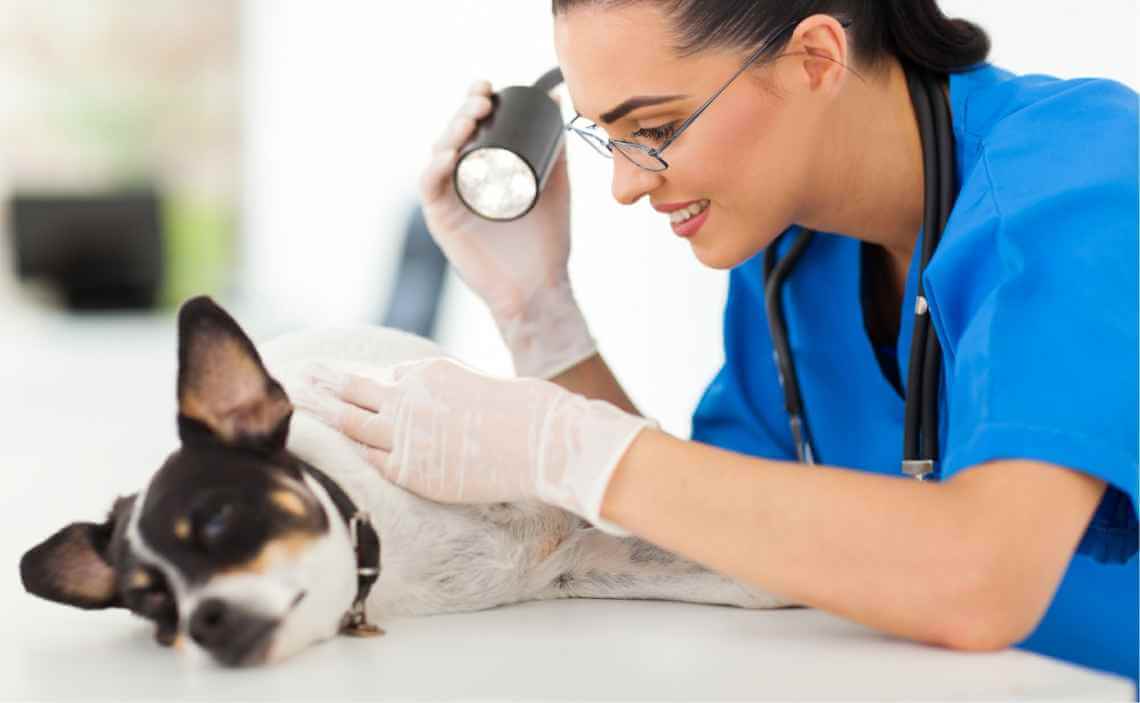
Lumps and bumps under or on the skin are common concerns for dog owners, especially when there’s a change like in size, color, firmness or a foul odor.
An occasional lump or bump on a dog are fairly common – especially as he or she ages. But that doesn’t mean a new lump or bump shouldn’t be given attention. Click here to learn more about how to care for a senior dog.
Dogs develop lumps for a variety of reasons, and they can be difficult to diagnose without the help of a veterinarian. Just like humans, lumps and bumps can range from an infected hair follicle, to a harmless fatty deposit, to something more serious.
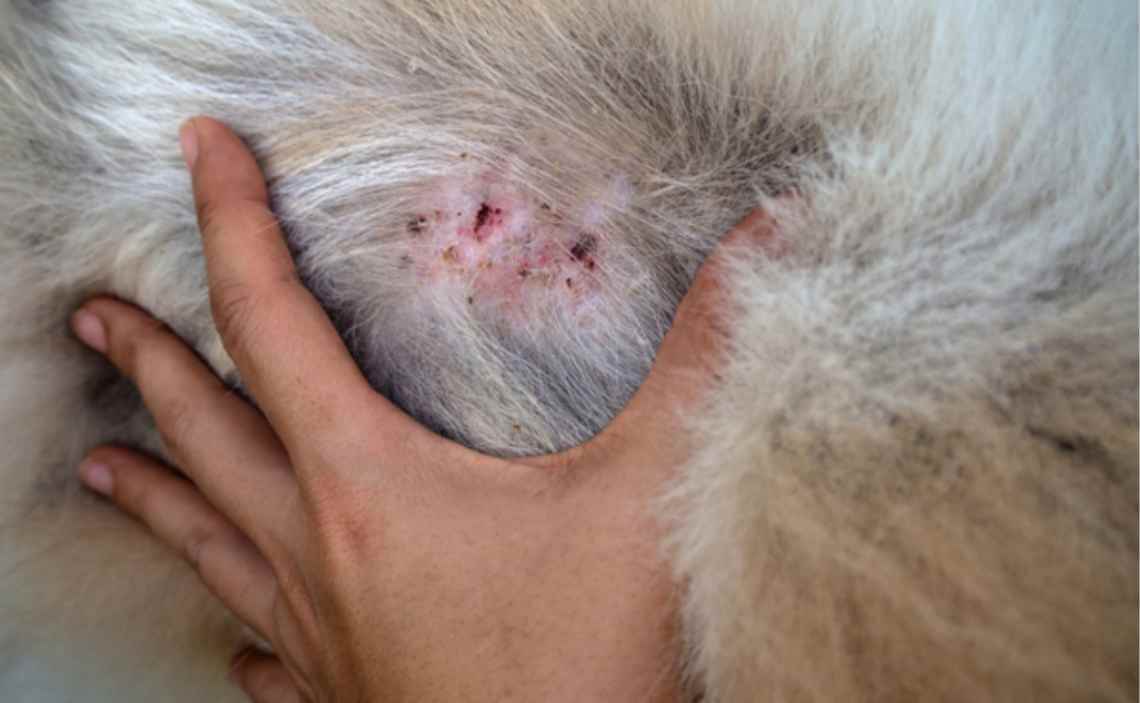
Types of Skin Lumps
Here are three types of skin masses and what you should know about them.
-
Lipoma
A lipoma is the most common lump that occurs under the skin. A lipoma is also referred to as a fatty tumor. Lipomas are generally not cancerous. They tend to show up in middle-aged to older dogs, although larger breeds and overweight dogs are more likely to get them.
Lipomas feel soft and movable and are often on the belly, although they can appear in other parts of the body. Your dog will not require treatment unless it is bothering him or her.
While lipomas are generally not cancerous, it is best to have your veterinarian check it out, especially if you notice any of the following symptoms:
- Fast growing
- Appears suddenly
- Has swelling
- Changes color
- Has a discharge of pus
- Your dog’s behavior changes
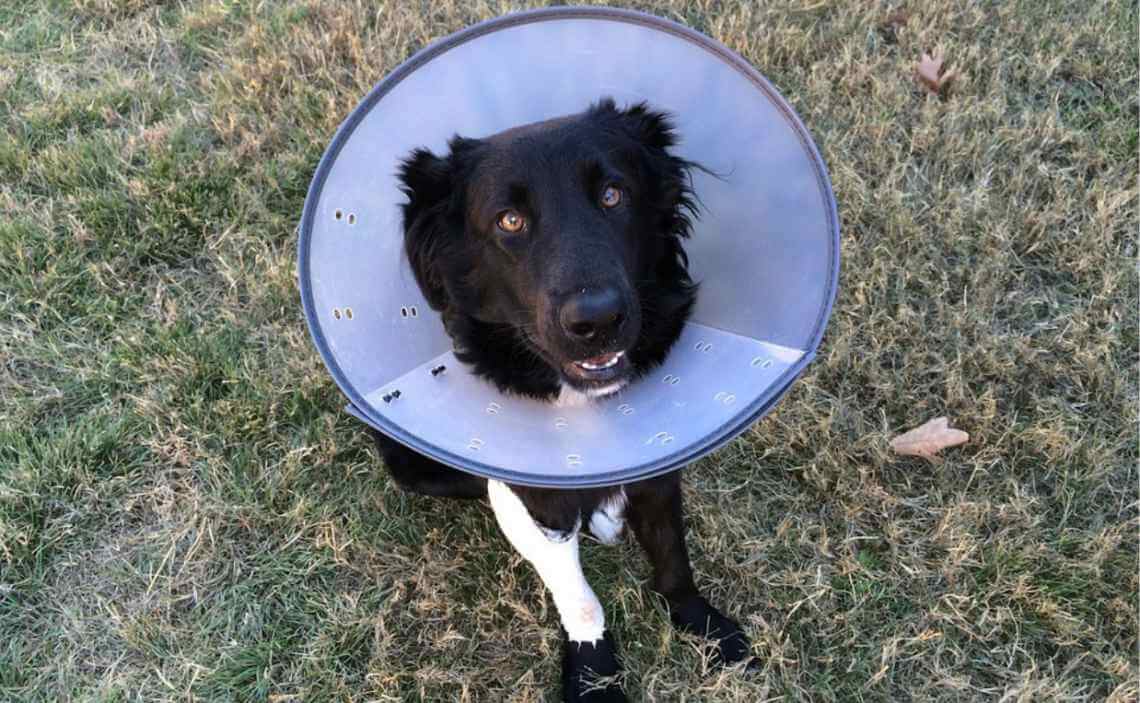
-
Cyst, wart or abscess
While we don’t always see these types of skin issues, dogs do suffer from uncomfortable infections under the skin.
Warts will eventually go away on their own, although you can have them removed. Sebaceous cysts, which are similar to large pimples and abscesses can be painful and should be examined by your vet.
A vet will take a sample of a cyst or abscess and may drain them. Your dog will be given antibiotics and pain medication if needed.
-
Cancerous tumors
Cancer is the leading cause of death in dogs over age ten. However, if your dog does have a tumor that is malignant there are many treatment options that can prolong his or her life. Cancerous growths can spread rapidly, so for this reason it’s important that you get to a vet right away if a lump is cancer.
Symptoms of a cancerous growth include:
- Swelling
- Lameness
- Pain
- Unexplained bleeding.
If a lump is identified as cancer, most vets will want to remove it to prevent it from spreading, especially if it is a skin tumor, mast cell tumor or breast cancer. As with any tumor, the sooner it is identified, the better the chances you have treatment will be successful.
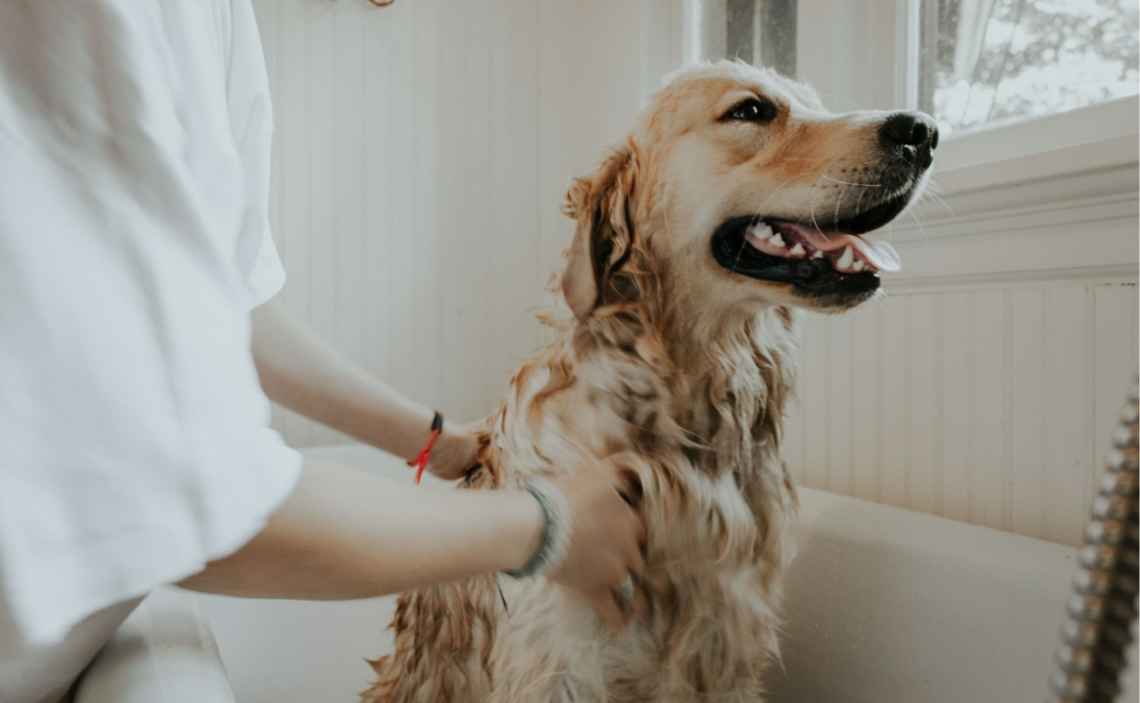
Dog Skin Lumps and What You Should Document
Documentation of skin lumps and bumps is crucial. Here’s what you should track and document as soon as you notice a skin mass in your dog.
- What first alerted you to the mass?
- Have there been any changes in your dog’s appetite, urination, defecation or attitude?
- How has the mass changed over time?
- Specifically, where is the mass located on the body?
- What is the size of the mass (width, length and height)
- How deep is the mass?
- Is the mass moveable?
- Is the mass fixed to a part of your dog’s body?
- What color is the mass? Has the color changed?
- Does it seem like the mass is painful?
- Has your dog had other masses in the past?
Documenting these symptoms can be very helpful when you take your dog to the vet. Don’t have a vet yet? Click here for how to choose the best veterinarian for your dog.
It’s best to take your dog to the vet any time he or she exhibits a skin lump, bump or mass. Don’t ever try to remove, squeeze or cut off a lump yourself. A good time to check your dog for lumps is during grooming. The more familiar you are with your dog’s body, the easier it will be to recognize if something isn’t right.
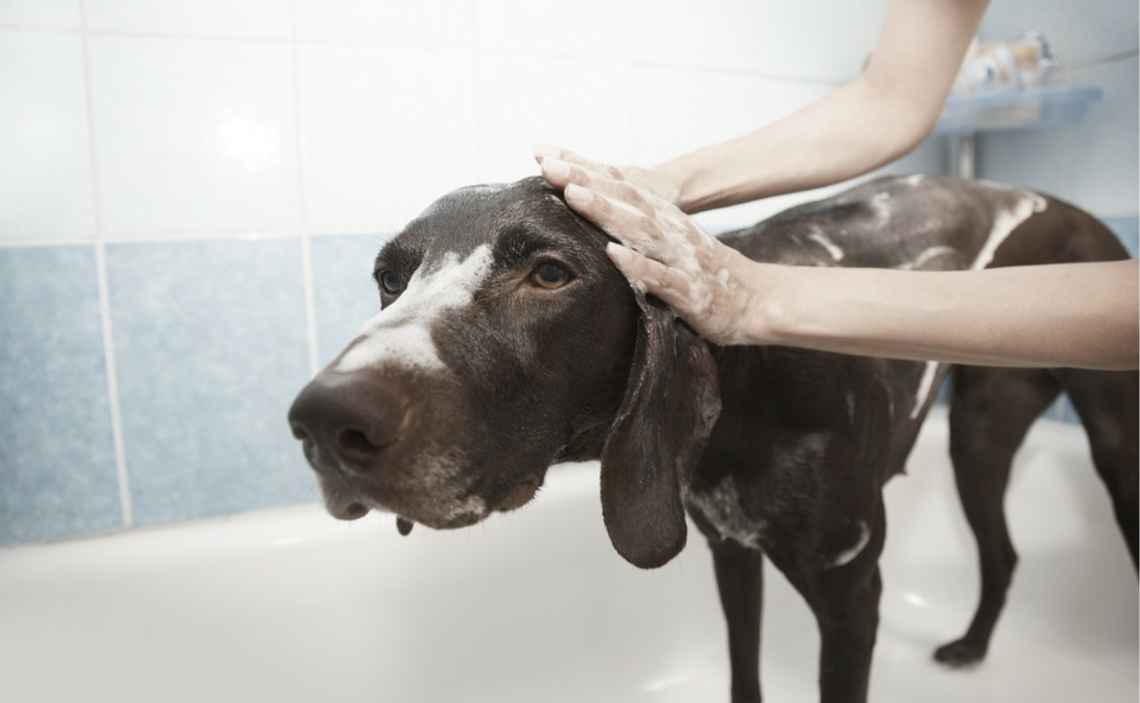
Here at Canine Campus we have a professional groomer who is gentle and does a great job! Chris has been grooming dogs for many years and loves tending to Canine Campus dogs. Just let us know you’d like a grooming session the next time you drop your pup off or call ahead for same-day service. We can also groom your dog when he or she is on an extended overnight stay with us. Call us at 719-448-9600 or click here to find out more about our grooming services or to make an appointment.
Have you had an experience with a skin lump or bump on your dog? Share with the rest of the Canine Campus community by leaving a comment below.



 We Are Open
We Are Open Top 10 Health Concerns for Large Breed Dogs
Top 10 Health Concerns for Large Breed Dogs What To Do If Your Dog Has a Broken Nail
What To Do If Your Dog Has a Broken Nail






My 5lb Yorkies have dandruff, but they also have red bumps all over them and they itch.
Can you tell me what the red bumps are??
Thanks for stopping by the Canine Campus blog. We are a dog boarding, daycare and grooming facility and do not have veterinary medicine training and therefore cannot give veterinary medical advice. Hopefully you have already been in to see a veterinarian by now. We hope your dog is feeling better!
There is a facebook group page where vets answers questions like these (no charge) only vets are allowed to respond to your question. The group is called “Pet Vet Corner” it is good to post a photo(s) with your question.
My dog had puppies and there pit bulls one of my puppies he’s 4 months old now has
Hives all the time I’ve tried different soaps and flea meds to keeps bugs off changed my laundry soaps exc. I can’t figure out y he keeps getting hives and I don’t know what else to do I feel so horrible for my little big guy it’s not funny plz help
I’m so sorry to hear your puppy is experiencing hives. Maybe try some of these home remedies? https://www.caninecampus.us/dog-itching-relief-home-remedies-for-skin-allergies If you can’t get a handle on the outbreak at home, your pup should be seen by a veterinarian and get tested. I hope your puppy is feeling better by now!